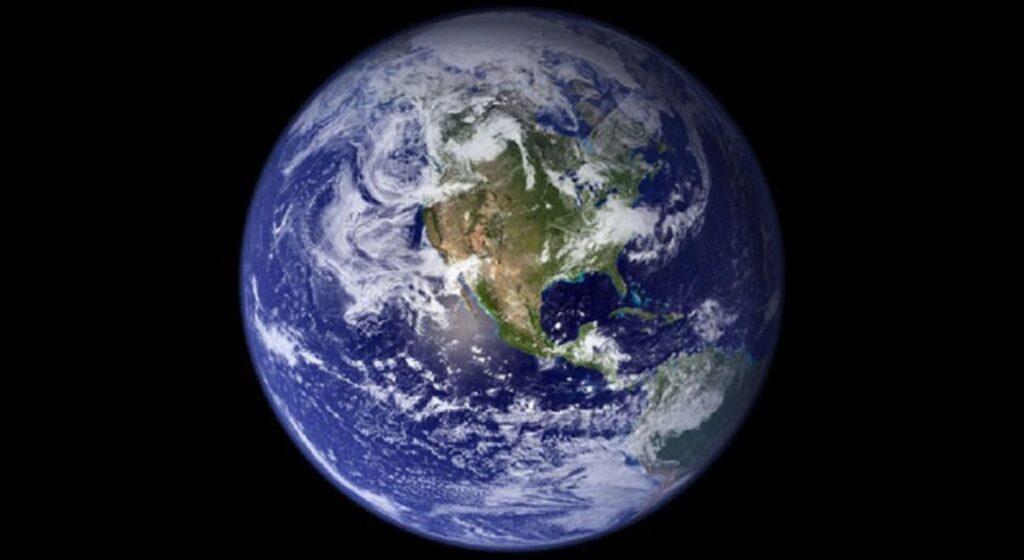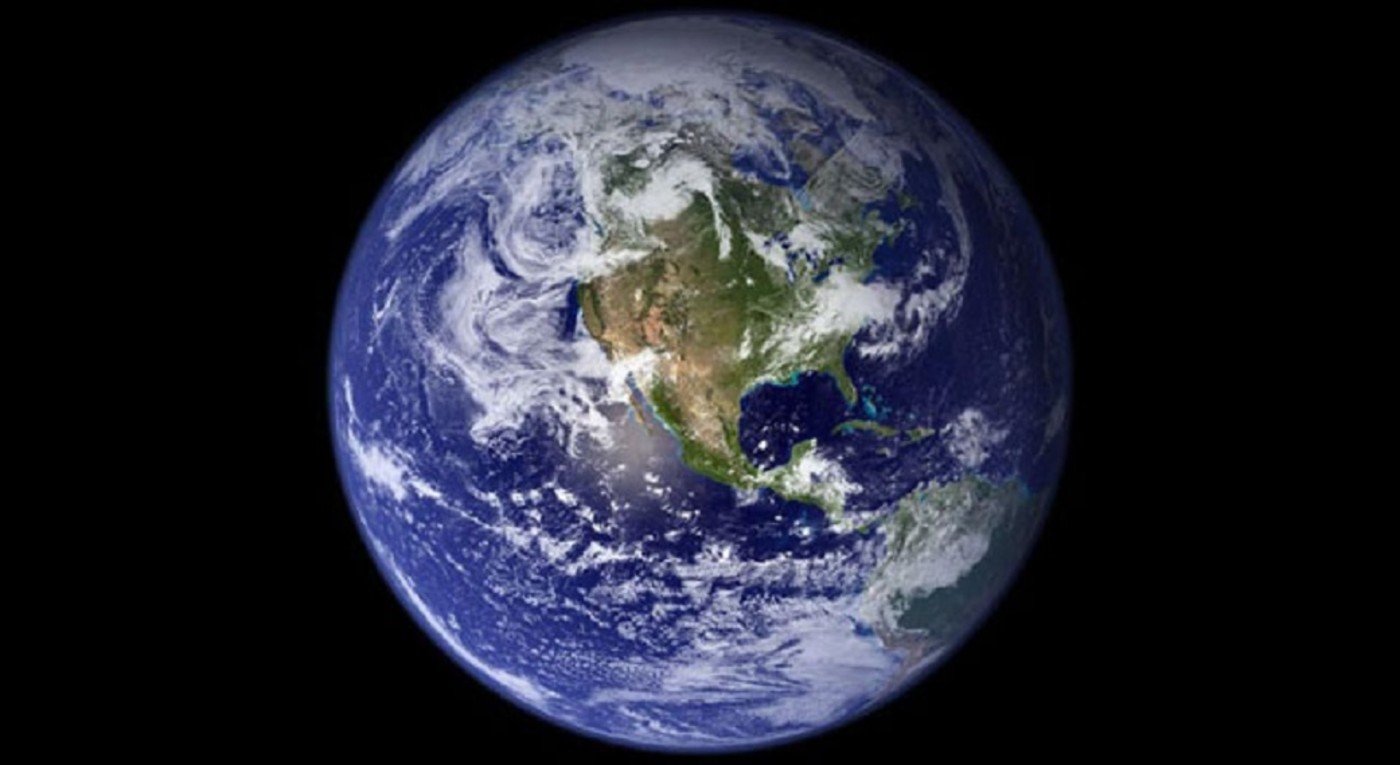One billion years of Earth’s geological movements have been summarized in a 40-second video, in which the continents and oceans flit about like amorous butterflies while demonstrating just how mobile the surface of the Earth actually is.

The history of plate tectonics, the slipping and sliding around of the Earth’s crust and the continents, has taken place for billions of years at speeds between the growth rate of fingernails (40mm per year) and of hair (160mm per year).
The video demonstrates not only how much the millimeters add up over time, but portrays a theory in the evolution of Earth—from the supercontinent period of Gondwana 540 to 320 million years ago—to the modern configuration, the Apparent Polar Wander, in which most landmasses have shuffled down towards the South Pole before condensing into a central point and moving back up together as if forced through a funnel.
Co-author of the corresponding paper, Dr. Michael Tetley at the University of Sydney, told Euronews: “For the first time a complete model of tectonics has been built, including all the boundaries.”
“On a human timescale, things move in centimeters per year, but as we can see from the animation, the continents have been everywhere in time. A place like Antarctica that we see as a cold, icy inhospitable place today, actually was once quite a nice holiday destination at the equator,” he added.
The principle theory that explains the shifting of these continents is that—like a manhole cover hovering over a torrent of water on a flooded street—the Earth’s crust is far more rigid and has more mechanical strength than the asthenosphere below it.
As hot brittle rock shifts about in the weaker asthenosphere, its movement across the underside of the lithosphere creates pressure which causes the latter to move. As the tectonic plates that form the lithosphere move, the indiscriminate tearing and colliding with one another create some of the most dramatic features on our planet, such as mountain ranges, volcanoes, undersea trenches and shelves, and even oceans.
MORE: Geophysicists Confirm Plato’s Theory—the Earth Is Made of Cubes
Co-author Dr. Sabin from the University of Sydney said in a statement: “Planet Earth is incredibly dynamic, with the surface composed of ‘plates’ that constantly jostle each other in a way unique among the known rocky planets. These plates move at the speed fingernails grow, but when a billion years is condensed into 40 seconds a mesmerizing dance is revealed.”
“Oceans open and close, continents disperse and periodically recombine to form immense supercontinents,” he adds.
RELATED: Hawking’s 50-Year Mystery About Falling into Black Holes Has Finally Been Solved
Zahirovic and his teammates hope the model they’ve created will help planetary scientists in all manner of research, from predicting where rising sea levels will occur most powerfully to predicting where large deposits of copper can be found.
(WATCH the EarthByte video of the Earth’s plates in motion below.)
SHARE This Fascinating Video With Your Pals on Social Media…





















It would be really great if the user could add a pin or multiple pins then play the video backwards to see where those pins were located millions of years ago.